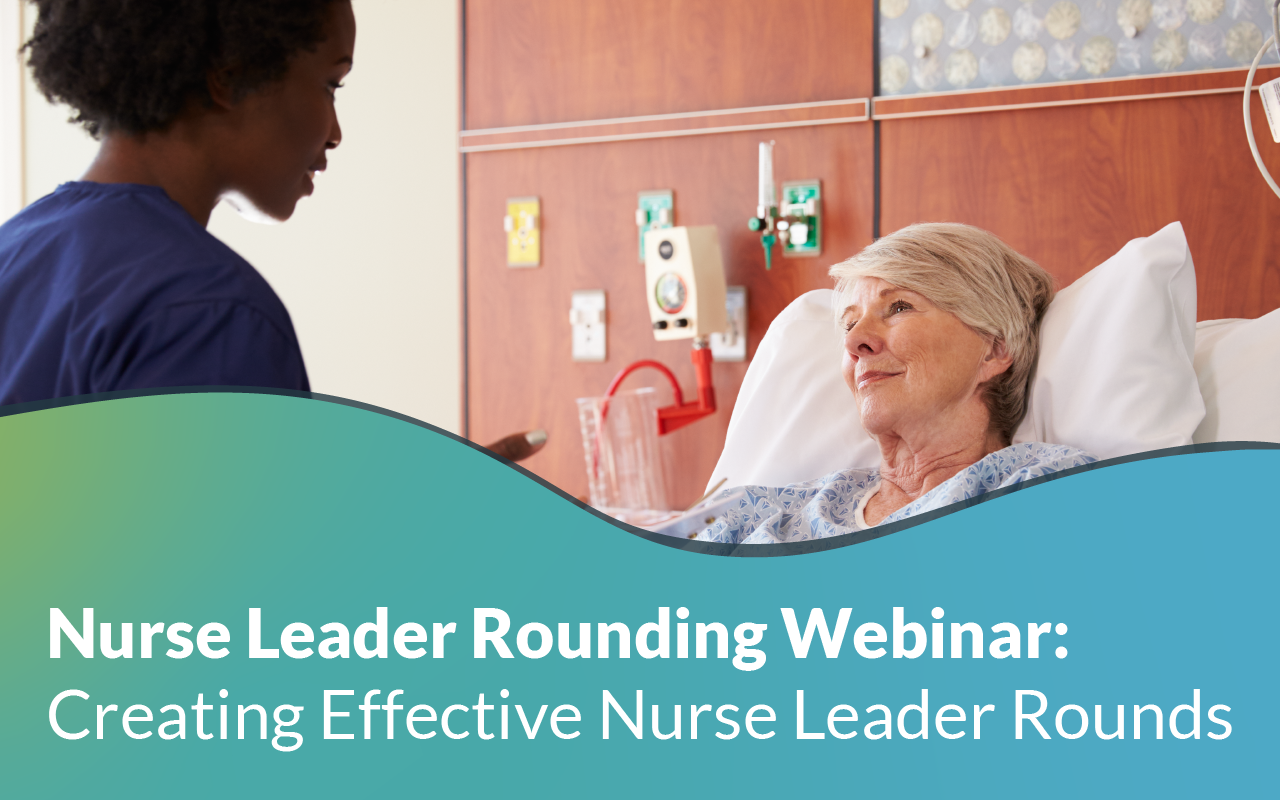
3 min read
Tackling Patient Safety with Safety Huddles
Nobl Health Mar 14, 2016 9:20:00 AM
Nobl is proud to have collaborated authorship with Charlene Sanders, VP of Quality at Mary Lanning Healthcare, to produce this blog post.
As we begin this year’s Patient Safety Week, we reflect upon the path our organizations have taken in our journey to provide safe care to patients, and we celebrate the advances in safety initiatives that have created a better patient experience.
Many acute-care initiatives have been introduced over the years to enhance Mary Lanning Healthcare’s culture of safety while hard-wiring best practice care to benefit our patients. One life-saving safety initiative we’ve implemented is the Rapid Response Team. This low-budget initiative is directed toward developing an organization’s culture to create an impetus to recognizing early signs of clinical deterioration in patients, and to develop a team of experts who work together towards assessing a patient’s condition. Positively, Rapid Response Teams enable our staff to feel empowered to take action when they see deterioration in their patients. As a result, we’re able to save more lives than we could otherwise.
Several years later, we implemented what I believe to be one of the most significant patient safety initiatives an organization can—the daily Safety Huddle.
Our data affirms an improvement in quality of care and in the transformation of a fear-based culture to an open culture of patient safety in a relatively short period of time.
Safety Huddles provide a structured method for learning both from safety occurrences and from near-miss safety events. The huddle process encourages open communication between members of the leadership team to raise awareness of any occurrence that could be considered a safety event. The Safety Huddle is an informal process in which there is no recrimination, and it promotes transparent discussion regarding potential safety issues. Identified Issues are usually resolved within 24 hours.
Our daily fifteen (15) minute safety huddle is led by the CEO or an executive team leader every weekday at a set time, and attended by directors. We’ve seen our teamwork enhanced by the daily interaction, with the expectation that issues or problems are resolved in a timely fashion.
The typical Safety Huddle agenda addresses the following:
- Safety success stories, announcements, and/or introductions
- Number of days since last serious safety event
- Number of says since last employee injury - Departmental reports concerning events or variances to care
Examples of issues brought forward:
- Security issues or risks
- Medication issues
- Falls
- Restraints
- Environment of Care issues
Organizations that haven’t implemented a daily safety huddle can begin the process in a short period of time, with minimal to no expense aside from the fifteen (15) minutes required of each Director or Manager to attend the daily meeting. In the long run, I’ve seen that this dedicated time actually reduces the time that it would normally take for issues to come to resolution. Similar to the Rapid Response Team initiative, the daily Safety Huddle is fairly easy to implement and is extremely impactful to patient and organizational outcomes.
Since meeting for our first Safety Huddle in September of 2013, Mary Lanning Healthcare has seen an improvement in reporting concerns and a decrease in the time that it routinely takes to address patient safety issues. Our data affirms an improvement in quality of care and in the transformation of a fear-based culture to an open culture of patient safety in a relatively short period of time. The daily Safety Huddle champions transparent leadership and fosters communication that not only moves the organization toward achieving goals established for the quality and safety strategic plan, but has dramatically changed the culture of safety within our organization. Results of the 2015 patient safety culture survey, when compared to 2013 results, provide quantitative evidence that Mary Lanning Healthcare’s culture is evolving into world class performance status with respect to patient safety, while demonstrating noteworthy improvement in quality measures.
Without strong leadership, and a passion toward creating a safer environment for our patients, none of this would have been possible! At the end of the day, Safety Huddles are just one way that Mary Lanning Healthcare aligns with the 2016 Patient Safety Awareness Week mission to make every day a patient safety day.
For more info www.UnitedforPatientSafety.org.
Charlene Sanders joined Mary Lanning Healthcare as VP of Quality in September 2013. She has over 30 years of leadership experience, working with hospitals, health systems, and academic medical centers to improve patient outcomes, patient safety, and overall quality performance.
Built on a tradition of caring, Mary Lanning Healthcare is in its 100th year of providing quality healthcare for residents of the central Nebraska area. We continue to grow and expand, working to provide patient-centered care in a positive environment, while implementing some of the newest technologies available. In addition, the recent Century Project construction propelled your hospital into the future. The project is just another example of how Mary Lanning Healthcare strives to provide the best care possible for central Nebraska now and into the future.
New Free eBook
Best Practices for Sharing and Reviewing Data from the Nobl Rounding Platform
Beryl Institute Case study
Improved First Impressions at Your Front Door - Patient Ambassador Rounders Enhance the Patient Experience of a Busy Emergency Department
Recent Posts

Staffing Issues Shouldn’t Derail Patient Rounds


